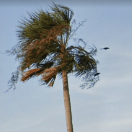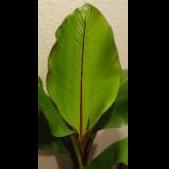-
WELCOME GUEST
It looks as if you are viewing PalmTalk as an unregistered Guest.
Please consider registering so as to take better advantage of our vast knowledge base and friendly community. By registering you will gain access to many features - among them are our powerful Search feature, the ability to Private Message other Users, and be able to post and/or answer questions from all over the world. It is completely free, no “catches,” and you will have complete control over how you wish to use this site.
PalmTalk is sponsored by the International Palm Society. - an organization dedicated to learning everything about and enjoying palm trees (and their companion plants) while conserving endangered palm species and habitat worldwide. Please take the time to know us all better and register.

Roystonea regia cold hardiness
-
Similar Content
-
My ensette maurelli has been to hell and back, since I got it as a tiny seedling 10 months ago
By Slifer00,
- banana
- ensete maurelii
- (and 1 more)
- 4 replies
- 119 views
-
- 3 replies
- 279 views
-
Questions about a Butia capitata cold damage
By KsLouisiana,
- butia capitata
- cold damage
- (and 1 more)
- 11 replies
- 1,299 views
-
- 10 replies
- 722 views
-
palm slowly recovering...thanks to palmtalk! and plant sitting foxtail for the winter
By subsonicdrone,
- palm recovery
- yellowing
- (and 2 more)
- 14 replies
- 18,033 views
-




Recommended Posts
Create an account or sign in to comment
You need to be a member in order to leave a comment
Create an account
Sign up for a new account in our community. It's easy!
Register a new accountSign in
Already have an account? Sign in here.
Sign In Now